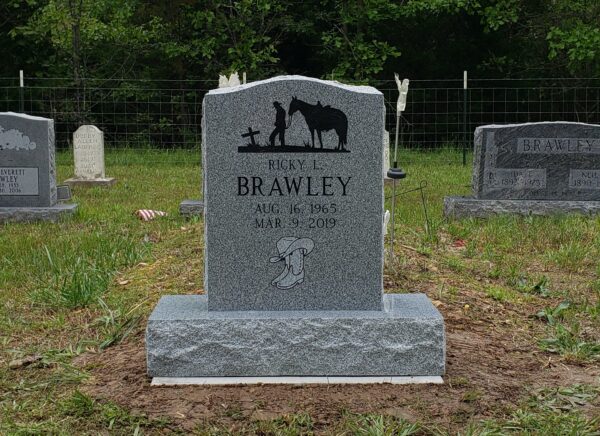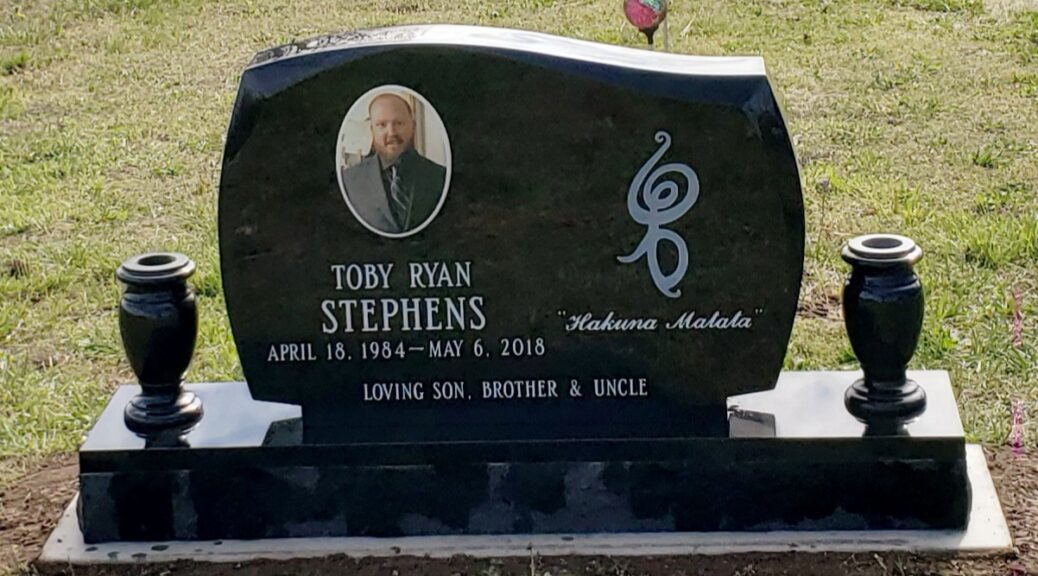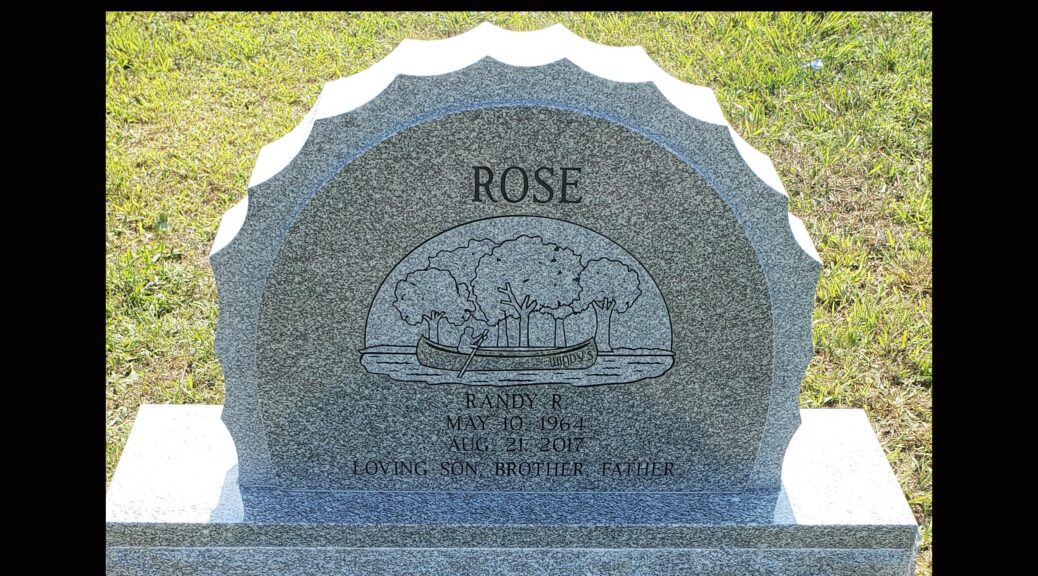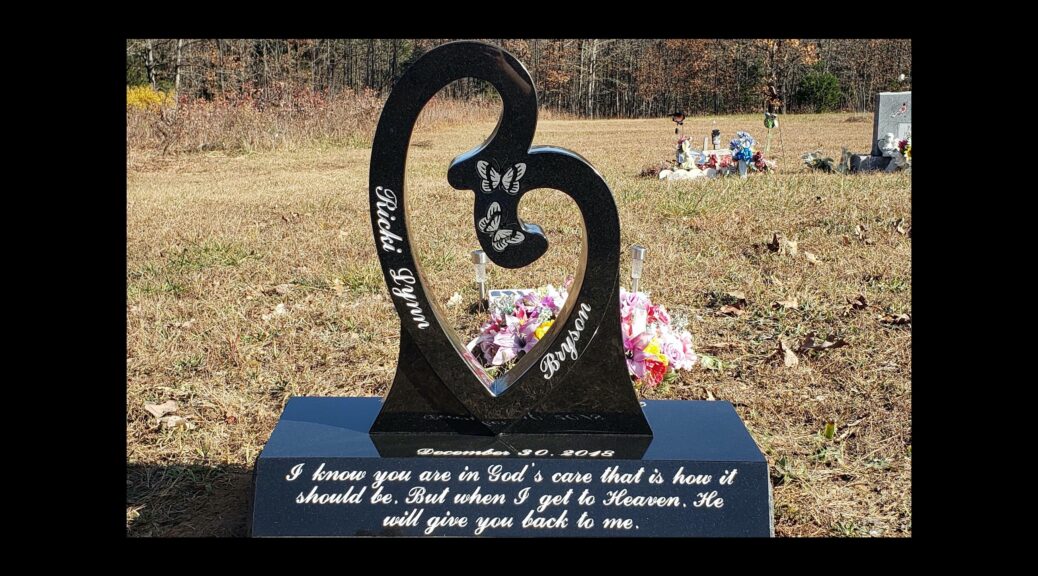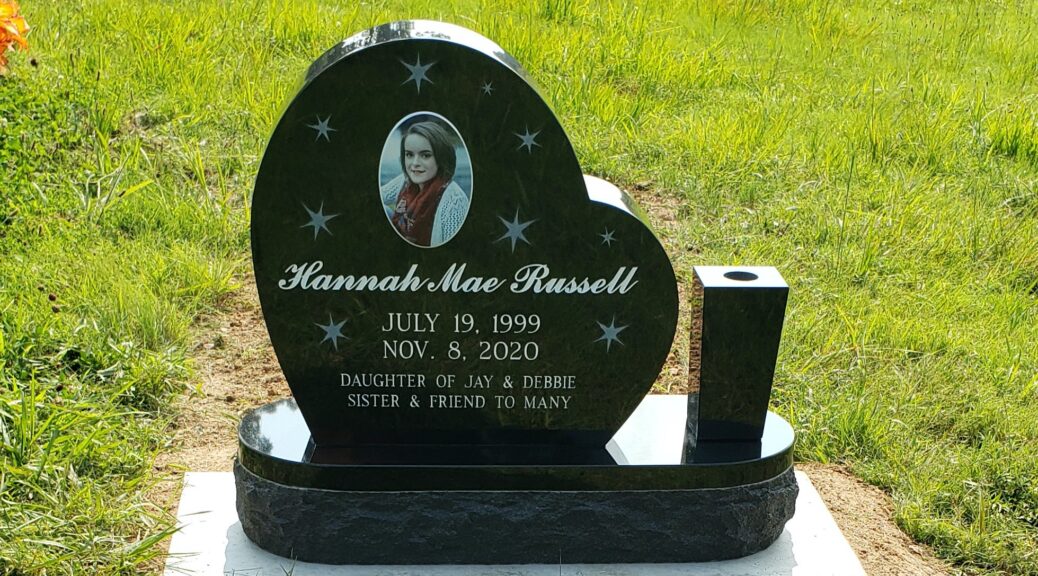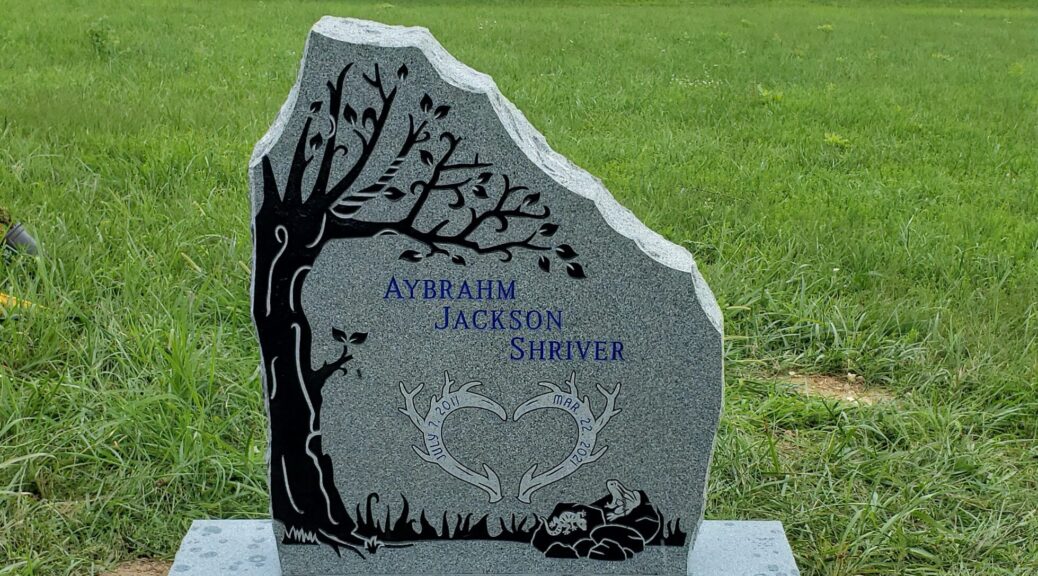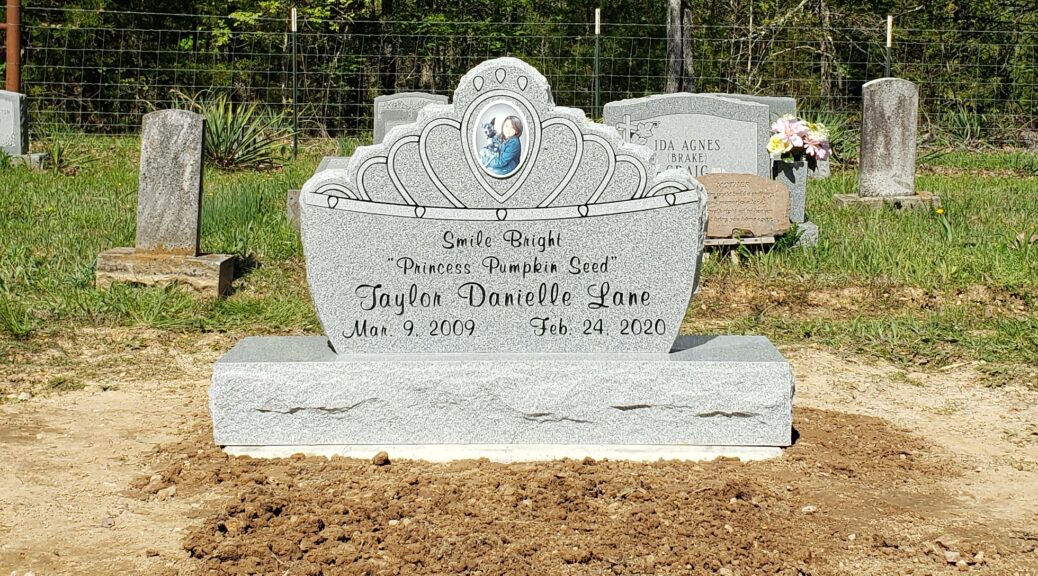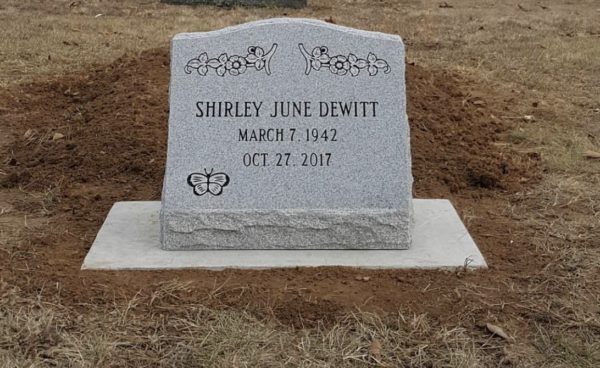Allopurinol Challenge Test
Following transplantation, excretion of these compounds in response to allopurinol was normalised. Following transplantation, excretion of these compounds in response to allopurinol was normalised. The allopurinol challenge test has been proposed as a test for diagnosing patients and heterozygotes of ornithine transcarbamylase (OTC) deficiency. The allopurinol challenge test has been proposed as a test for diagnosing patients and heterozygotes of ornithine transcarbamylase (OTC) deficiency. We examined the choices of analyte, cutoff, and test conditions to obtain maximal test accuracy. We examined the choices of analyte, cutoff, and test conditions to obtain maximal test accuracy. METHODS Urine orotate/orotidine responses to allopurinol load in 37 children (13 OCT-deficient and 24 non-OCT-deficient) and 24 women (7 at risk for carrier status and 17 not related to OCT-deficient children) were analyzed by liquid chromatography after sample purification by anion-exchange. METHODS Urine orotate/orotidine responses to allopurinol load in 37 children (13 OCT-deficient and 24 non-OCT-deficient) and 24 women (7 at risk for carrier status and 17 not related to OCT-deficient children) were analyzed by liquid chromatography after sample purification by anion-exchange. Orotidine and orotic acid in the urine from OTC. Orotidine and orotic acid in the urine from OTC. Before transplantation, large amounts of orotic acid and orotidine were excreted during the challenge test We examined the choices of analyte, cutoff, and test conditions to obtain maximal test accuracy. Before transplantation, large amounts of orotic acid and orotidine were excreted during the challenge test We examined the choices of analyte, cutoff, and test conditions to obtain maximal test accuracy. METHODS: Urine orotate/orotidine responses to allopurinol load in 37 children (13 OCT-deficient and 24 non-OCT-deficient) and 24 women (7 at risk for carrier status and 17 not related to OCT-deficient children) were analyzed by liquid chromatography after allopurinol challenge test sample purification by anion-exchange. METHODS: Urine orotate/orotidine responses to allopurinol load in 37 children (13 OCT-deficient and 24 non-OCT-deficient) and 24 women (7 at risk for carrier status and 17 not related to OCT-deficient children) were analyzed by liquid chromatography after sample purification by anion-exchange. We examined the choices of analyte, cutoff, and test conditions to obtain maximal test accuracy. We examined the choices of analyte, cutoff, and test conditions to obtain maximal test accuracy. This allopurinol challenge test was also performed in six children with urea-cycle disorders, including five females with ornithine transcarbamylase (OTC) deficiency, all of whom demonstrated. This allopurinol challenge test was also performed in six children with urea-cycle disorders, including five females with ornithine transcarbamylase (OTC) deficiency, all of whom demonstrated. The challenge test was positive after the administration of allopurinol. The challenge test was positive after the administration of allopurinol. We performed allopurinol challenge tests to evaluate the metabolic state of a citrullinaemic patient who received a living-relative donor liver transplant. We performed allopurinol challenge tests to evaluate the metabolic state of a citrullinaemic patient who received a living-relative donor liver transplant. Using a cut-off of 2 standard deviations above the mean of controls, the highest sensitivity (91%) was given by orotidine alone or in combination with orotic acid, but specificity was only 70% and 65%. Using a cut-off of 2 standard deviations above the mean of controls, the highest sensitivity (91%) was given by orotidine alone or in combination with orotic acid, but specificity was only 70% and 65%. We performed allopurinol challenge tests to evaluate the metabolic state of a citrullinaemic patient who received a living-relative donor liver transplant. We performed allopurinol challenge tests to evaluate the metabolic state of a citrullinaemic patient who received a living-relative donor liver transplant. Methods: Urine orotate/orotidine responses to allopurinol load in
flagyl syrup 37 children (13 OCT-deficient and 24 non-OCT-deficient) and 24 women (7 at risk for carrier status and 17 not related to OCT-deficient children) were analyzed by liquid chromatography after sample purification by anion-exchange. Methods: Urine orotate/orotidine responses to allopurinol load in 37 children (13 OCT-deficient and 24 non-OCT-deficient) and 24 women (7 at risk for carrier status and 17 not related to OCT-deficient children) were analyzed by liquid chromatography after sample purification by anion-exchange. No report of Thyroid releasing hormone challenge test abnormal is found in people who take Allopurinol The clinical laboratory data returned to normal on November 30. No report of Thyroid releasing hormone challenge test abnormal is found in people who take Allopurinol The clinical laboratory data returned to normal on November 30. We performed the test on one Japanese patient with OTC deficiency and one patient with hyperammonaemia. We performed the test on one Japanese patient with OTC deficiency and one patient with hyperammonaemia. We performed allopurinol challenge tests to evaluate the metabolic state of a citrullinaemic patient who received a living-relative donor liver transplant. We performed allopurinol challenge tests to evaluate the metabolic state of a citrullinaemic patient who received a living-relative donor liver transplant. This allopurinol challenge test was also performed in six children with urea-cycle disorders, including five females with ornithine transcarbamylase (OTC) deficiency, all of whom demonstrated. This allopurinol challenge test was also performed in six children with urea-cycle disorders, including five females with ornithine transcarbamylase (OTC) deficiency, all of whom demonstrated. The allopurinol challenge test was performed on 44 healthy subjects (28 children and 16 adolescents) in order to establish
allopurinol challenge test normal values of urinary orotic acid excretion following allopurinol ingestion in the paediatric population. The allopurinol challenge test was performed on 44 healthy subjects (28 children and 16 adolescents) in order to establish normal values of urinary orotic acid excretion following allopurinol ingestion in the paediatric population. Before transplantation, large amounts of orotic acid and orotidine were excreted during the challenge test. Before transplantation, large amounts of orotic acid and orotidine were excreted during the challenge test.
Sandoz allopurinol 300, challenge allopurinol test
Methods: Urine orotate/orotidine responses to allopurinol load in 37 children (13 OCT-deficient and 24 non-OCT-deficient) and 24 women (7 at risk for carrier status and 17 not related to OCT-deficient children) were analyzed by liquid chromatography after sample purification by anion-exchange. Methods: Urine orotate/orotidine responses to allopurinol load in 37 children (13 OCT-deficient and 24 non-OCT-deficient) and 24 women (7 at risk for carrier status and 17 not related to OCT-deficient children) were analyzed by liquid chromatography after sample purification by anion-exchange. Retrospectively, we analysed the results of allopurinol tests in 42 women (22 confirmed heterozygotes and 20 noncarriers) from 23 pedigrees at risk of being carriers for OTC deficiency. Retrospectively, we analysed the results of allopurinol tests in 42 women (22 confirmed heterozygotes and 20 noncarriers) from 23 pedigrees at risk of being carriers for OTC deficiency. The allopurinol challenge test has been proposed as a test for diagnosing patients and heterozygotes of ornithine transcarbamylase (OTC) deficiency. The allopurinol challenge test has been proposed as a test for diagnosing patients and heterozygotes of ornithine transcarbamylase (OTC) deficiency. Summary: We performed allopurinol challenge tests to evaluate the metabolic state of a citrullinaemic patient who received a living-relative donor liver transplant. Summary: We performed allopurinol challenge tests to evaluate the metabolic state of a citrullinaemic patient who received a living-relative donor liver transplant. We study 152,337 people who take Allopurinol or have Thyroid releasing hormone challenge test abnormal. We study 152,337 people who take Allopurinol or have Thyroid releasing hormone challenge test abnormal. Challenge tests were conducted on clofibrate, allopurinol, and baclofen. Challenge tests were conducted on clofibrate, allopurinol, and baclofen. Tuchman, Department of Pediatrics, University of Minnesota Hospitals, Minneapolis, MN Summary: We performed allopurinol challenge tests to evaluate the metabolic state of a citrullinaemic patient who received a living-relative donor liver allopurinol challenge test transplant. Tuchman, Department of Pediatrics, University of Minnesota Hospitals, Minneapolis, MN Summary: We performed allopurinol challenge tests to evaluate the metabolic state of a citrullinaemic patient who received a living-relative donor liver transplant. But there are a few reports about Japanese. But there are a few reports about Japanese. METHODS Urine orotate/orotidine responses to allopurinol load in 37 children (13 OCT-deficient and 24 non-OCT-deficient) and 24 women (7 at risk for carrier status and 17 not related to OCT-deficient children) were analyzed by liquid chromatography after sample purification by anion-exchange. METHODS Urine orotate/orotidine responses to allopurinol load in 37 children (13 OCT-deficient and 24 non-OCT-deficient) and 24 women (7 at risk for carrier status and 17 not related to OCT-deficient children) were analyzed by liquid chromatography after sample purification by anion-exchange. We examined the choices of analyte, cutoff, and test conditions to obtain maximal test accuracy. We examined the choices of analyte, cutoff, and test conditions to obtain maximal test accuracy. Following transplantation, excretion of these compounds in response to allopurinol was normalised. Following transplantation, excretion of these compounds in response to allopurinol was normalised. The DNA analysis of patient 13 was kindly performed by Dr. The DNA analysis of patient 13 was kindly performed by Dr. Following transplantation, excretion …. Following transplantation, excretion …. Before transplantation, large amounts of orotic acid and orotidine were excreted during the challenge test. Before transplantation, large amounts of orotic acid and orotidine were excreted during the challenge test. Before transplantation, large amounts of orotic acid and orotidine were excreted during the challenge test We examined the choices of analyte, cutoff, and test conditions to obtain maximal test accuracy. Before transplantation, large amounts of orotic acid and orotidine were excreted during the challenge test We examined the choices of analyte, cutoff, and test conditions to obtain maximal test accuracy. In conclusion, the allopurinol challenge test is a very reliable tool for detecting OCT deficiency in the absence of a more rapid, simple, and cost-effective DNA-based diagnostic method. In conclusion, the allopurinol challenge test is a very reliable tool for detecting OCT deficiency in the absence of a more rapid, simple, and cost-effective DNA-based diagnostic method. Using a cut-off of 2 standard deviations above allopurinol challenge test the mean of controls, the highest sensitivity (91%) was given by orotidine alone or in combination with orotic acid, but specificity was only 70% and 65%. Using a cut-off of 2 standard deviations above
who can buy lipitor online the mean of controls, the highest sensitivity (91%) was given by orotidine alone or in combination with orotic acid, but specificity was only 70% and 65%. We performed the test on one Japanese patient with OTC deficiency and one patient with hyperammonaemia. We performed the test on one Japanese patient with OTC deficiency and one patient with hyperammonaemia. Methods: Urine orotate/orotidine responses to allopurinol load in 37 children (13 OCT-deficient and 24 non-OCT-deficient) and 24 women (7 at risk for carrier status and 17 not related to OCT-deficient children) were analyzed by liquid chromatography after sample purification by anion-exchange. Methods: Urine orotate/orotidine responses to allopurinol load in 37 children (13 OCT-deficient and 24 non-OCT-deficient) and 24 women (7 at risk for carrier status and 17 not related to OCT-deficient children) were analyzed by liquid chromatography after sample purification by anion-exchange. The subjects were divided into three groups according to their age: 6 months to 6 years; 6 years to 10 years; and 10 years to 17 years. The subjects were divided into three groups according to their age: 6
allopurinol challenge test months to 6 years; 6 years to 10 years; and 10 years to 17 years. Before transplantation, large amounts of orotic acid and orotidine were excreted during the challenge test. Before transplantation, large amounts of orotic acid and orotidine were excreted during the challenge test. Measurement of urinary orotidine and orotic acid after an oral allopurinol challenge is an important diagnostic test for ornithine carbamoyltransferase deficiency that is sometimes used in infants (.
lowest price yasmin Measurement of urinary orotidine and orotic acid after an oral allopurinol challenge is an important diagnostic test for ornithine carbamoyltransferase deficiency that is sometimes used in infants (. But there are a few reports about Japanese. But there are a few reports about Japanese. Orotidine and orotic acid in the urine from OTC. Orotidine and orotic acid in the urine from OTC.
Challenge allopurinol test
allopurinol challenge
bactrim prescription test
